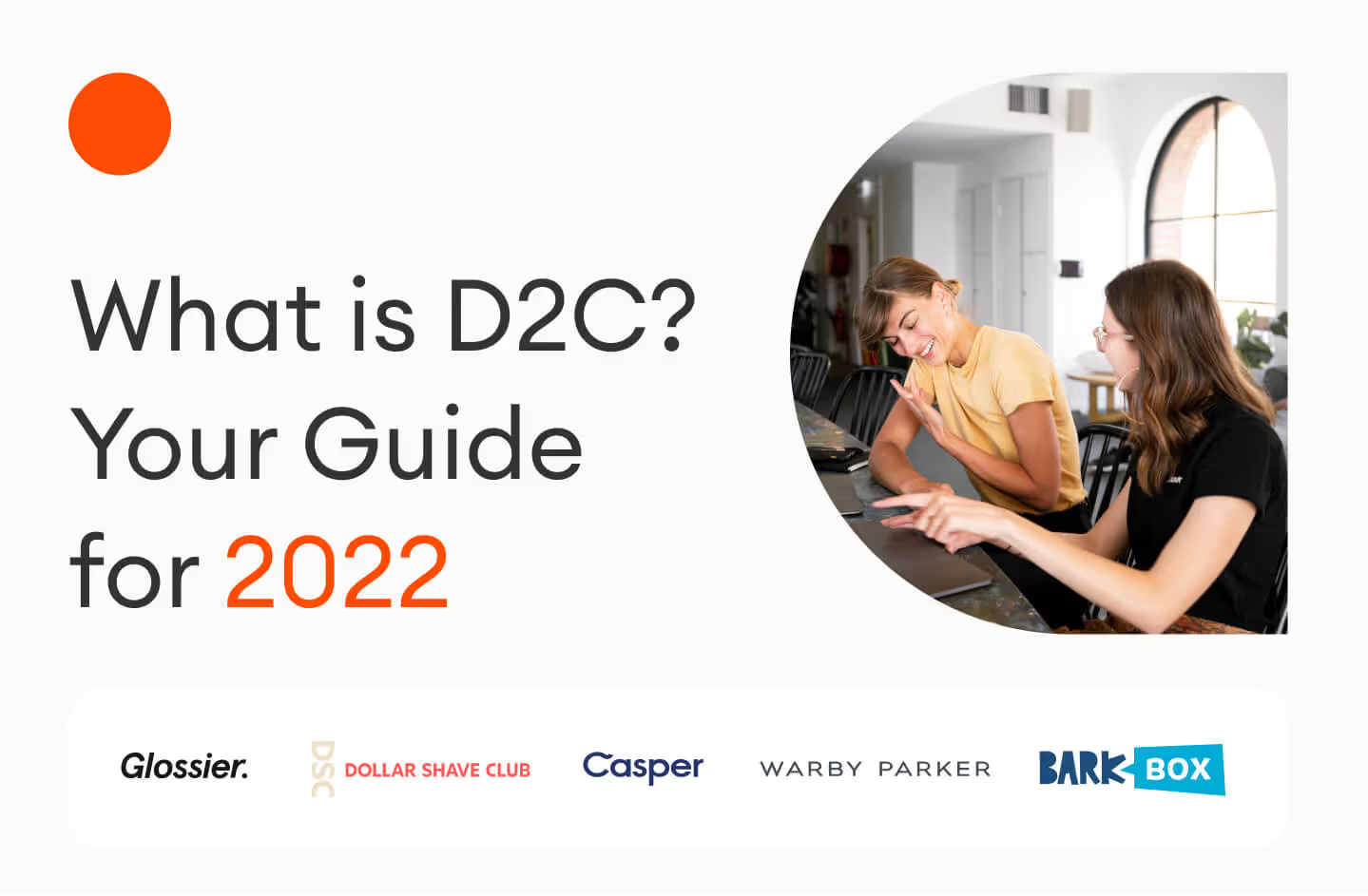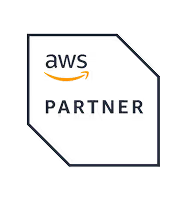Everyone's buzzing about D2C brands. D2C is transforming ecommerce as we know it, but what does D2C mean? And what are the top D2C brands?
If you want your online business to thrive in 2022, it all starts with understanding what D2C is.
What is D2C?
D2C is short for direct-to-consumer. Another common abbreviation for this is DTC.
Now, what exactly does direct-to-consumer mean?
In ecommerce, the term refers to a company that sells its products directly to the end consumer.
Like many other companies, D2C businesses produce goods in their own facilities. `What sets them apart, though, is that they then distribute these products to customers within their own channels too.
Certain D2C brands set up physical stores. But the channel that everyone’s focusing on in 2022?
D2C websites. Instead of relying on a third-party marketplace like Amazon to sell their products, D2C brands set up platforms of their own and allow customers to make purchases there.
The best-known D2C brands began as start-ups that swelled after building a fervent following. However, companies of any size and age can take advantage of the `D2C model.
`To clarify what makes D2C unique, let's compare two examples from the cosmetics industry: Chanel and Glossier.
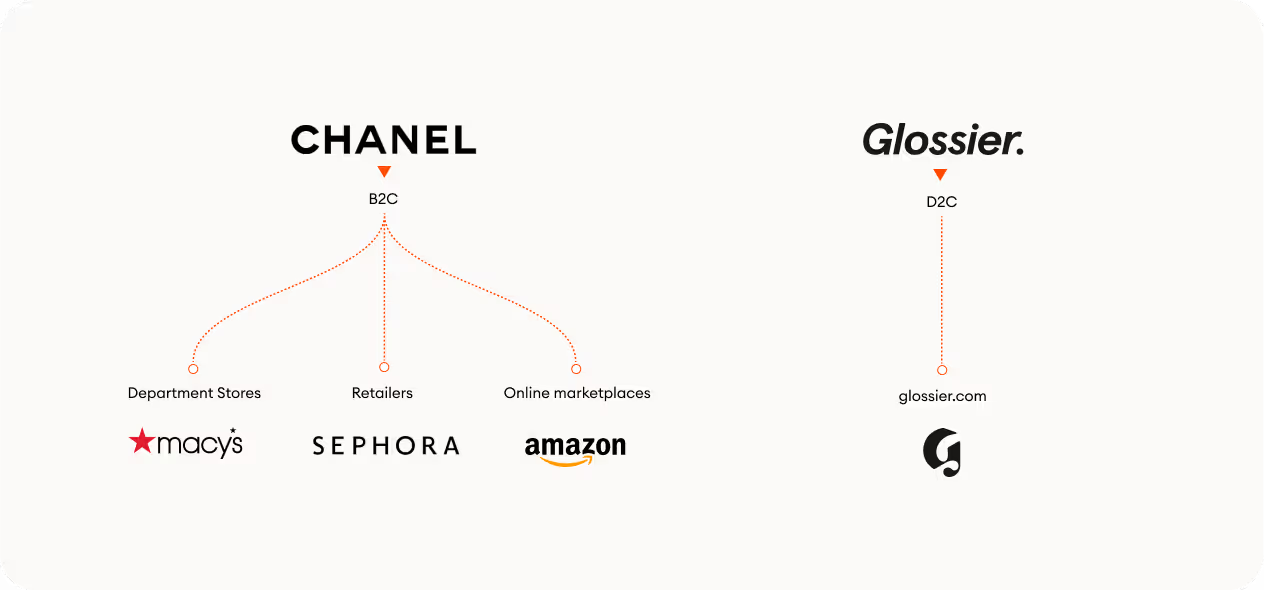
Chanel relies on a traditional form of business that uses intermediaries between producers and consumers known as business-to-consumer (B2C). To sell its products, Chanel cooperates with retailers (Sephora), department stores (Macy's), and online marketplaces (Amazon).
On the other hand, Glossier's primary channel is its D2C platform. A huge chunk of its sales comes from glossier.com. While Glossier operates a limited number of physical locations, the brand has no ties to larger cosmetics chains or ecommerce marketplaces.
What are the advantages of the D2C model for companies like Glossier? In a nutshell:
- Independence from any intermediaries allows for higher margins and lower prices for customers.
- Direct access to customers lets you understand them better through more effective feedback.
- Without a go-between, D2C brands enjoy more flexibility when setting prices, discounts, and return policies.
- D2C businesses have total control over customer experience. Brands can quickly target their customerss' needs and deliver impeccable CX.

Most D2C brands put customer service and customer experience at the top of their list of priorities. Glossier, for example, isn't only customer-friendly, but it's customer-driven. The company has transformed strong customer relationships into efficient feedback loops on new products. This helps them create better products and increase sales.
D2C brands face certain pitfalls too. They have greater control over customer success, but they need to handle any problems in customer service by themselves. D2Cs don't have access to third-party customer service like Amazon's.
This is an opportunity to create a unique experience, but it's also a challenge for high-growth D2C businesses struggling to keep up with what their customers want.
Why is D2C important?
D2C companies are surging in popularity largely because ecommerce in general is taking off. Observers credit this leap to the COVID-19 pandemic. Online shopping is being adopted at an accelerated pace.
In the United States, the jump in ecommerce penetration in the first half of 2020 matched that seen over the last decade. In Europe, the share of shoppers using online channels increased from 81% to 95% during the crisis.
The rise in D2C is even more remarkable.
Retail experts estimate that online D2C revenues in 2021 topped $111.54B in the USA alone. On top of that, the D2C market has been experiencing double-digit growth rates for years. More and more companies are choosing to set up websites to sell their products.
This transition isn’t just for disruptive new players. For example, Nike saw its ecommerce sales soar 82% in the first quarter of 2020 after distancing itself from other retailers. Iconic brands like GAP, H&M, and Birkenstock have recently made similar moves.
To gain insight into one of Europe’s pioneering D2C brands, check out Zowie’s case study on Austrian footwear manufacturer Giesswein.
What are the top D2C brands?
Several companies have made a name for themselves purely because they’re stellar D2C brands. These innovative businesses leveraged the D2C model to deliver exceptional service to customers. Our list isn’t exhaustive, but these names will give you an idea of D2C ecommerce’s transformative power.
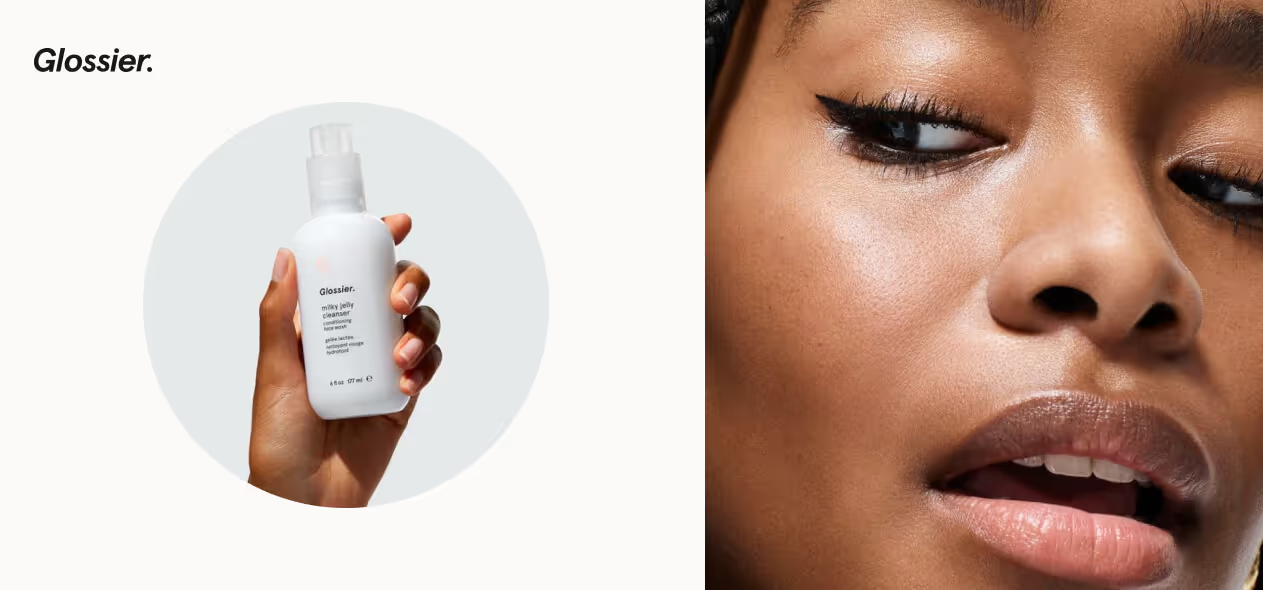
1. Glossier
Glossier is considered by many to be the quintessential D2C success story. Founder Emily Weiss began a cosmetics blog called Into the Gloss in 2010 that became immensely popular. By 2012, the blog was attracting 200,000 unique visitors per month.
Weiss realized she had built up a devoted audience—but no product. So in 2014, she launched the Glossier ecommerce platform to sell a wide assortment of cosmetics. It was an instant hit, and by 2021, Glossier was valued at $1.8B.
Glossier is all about community. The D2C brand share images of its customers wearing Glossier cosmetics on its social media channels. At one point, it managed a Slack channel to collect product insights from its most engaged community members.
For fans, the company’s high-quality products, user-friendly website, and engaging social media are closely linked.

2. Dollar Shave Club
Glossier’s cult-like status among women is rivaled by Dollar Shave Club’s reputation among men. Dollar Shave Club (DSC) was founded by Michael Dubin and Mark Levine in 2011.
The two were fed up with the price of grocery-store razors. They came up with a low-cost alternative and looked for a unique way to communicate directly with their customers.
DSC built a D2C website where visitors can subscribe to have razors and grooming products delivered to their homes. Their approach is straightforward, honest, and authentic.
A humorous YouTube ad campaign that went viral in 2012, attracting scores of customers to the company. That year, DSC’s revenues topped $3.5M.
In 2016, Unilever acquired DSC for $1B, allowing the D2C brand to expand internationally.
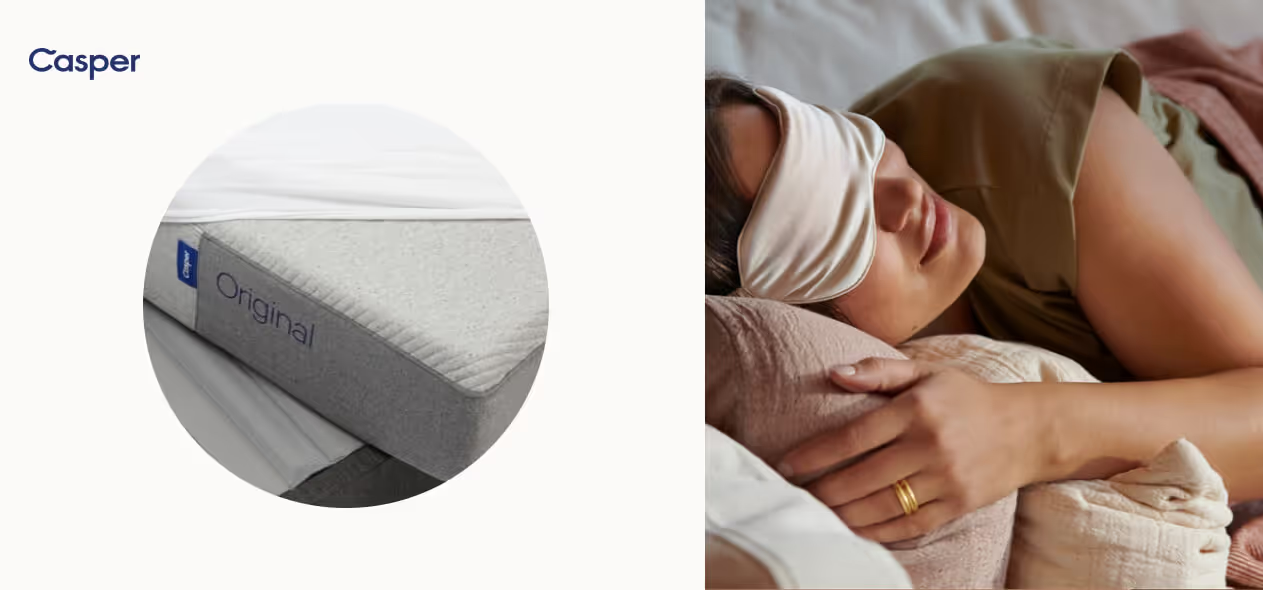
3. Casper
Casper launched in 2014 to take on an industry plagued by inflated prices and a lack of transparency—mattresses.
Previously, a handful of producers controlled the market, with the leader capturing about 40% of US sales. They faced limited pressure to lower their prices or address any customer problems. Since mattresses were mostly sold at third-party retailers, the producers themselves rarely interacted with customers.
Casper looked to change this by selling directly to customers online, eliminating any retail markups. Shipping is free. Customer insights taught them that it takes about a month for people to find out whether or not they like a new mattress. That’s why Casper boasts a 100-day return policy.
Consistent rave reviews from customers point to the superb quality of their products. Casper regularly donates returned mattresses to families in underserved communities as well.
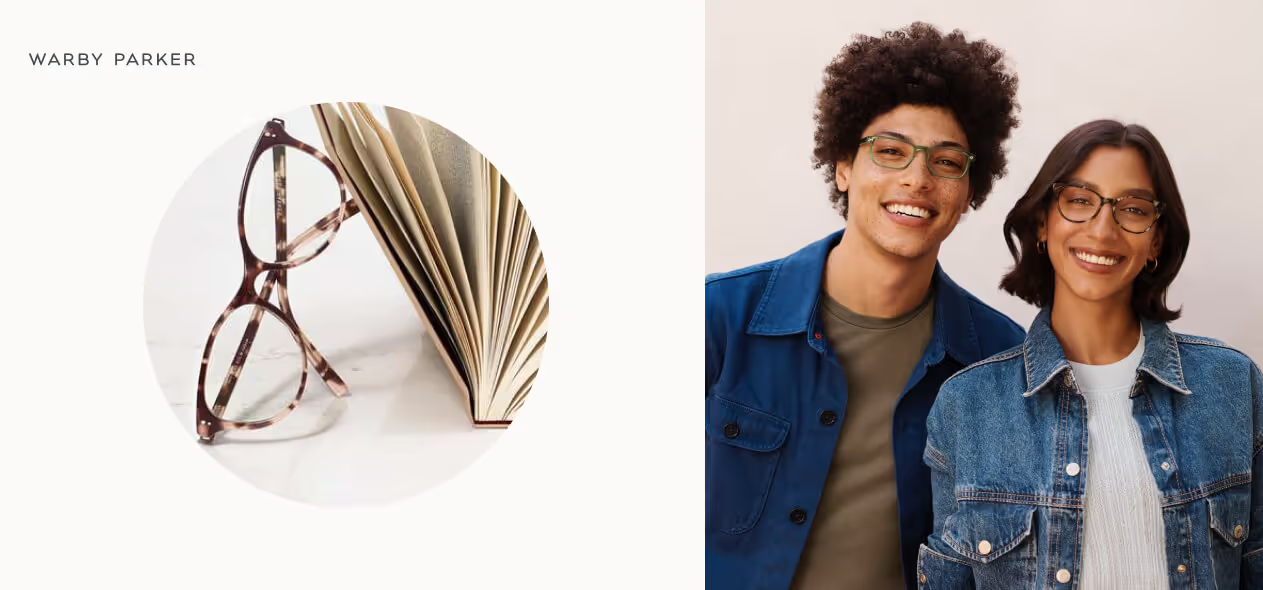
4. Warby Parker
Even products as specialized as prescription eyeglasses can triumph in the D2C sphere. Warby Parker took advantage of the personalization that D2C ecommerce offers to develop something truly unique.
Visitors to the website don’t just see an endless catalog of possible frames. Instead, they take a quiz that lets them find their perfect pair. Warby Parker also receives rave reviews for its Home Try-On program. Customers can get up to five pairs of glasses delivered to their homes, try them on, and keep only the ones they want. You can even see how a particular pair looks on you using their mobile app.
Founded in 2010, Warby Parker went public in 2021, showing that D2C works for larger companies too. Its current market value exceeds $1B.

5. BarkBox
BarkBox was founded in 2011 and offers an array of dog foods, toys, and treats. From the beginning, its mission was to bring dog lovers closer to their pets without the barrier of high costs. As of 2020, the pet food market is still dominated by six conglomerates that produce 90% of all available pet food products and earn over 40% of the industry’s revenues.
Barkbox figured this was hurting customers, so they created a website to sell their foods and accessories on a subscription basis. They deliver dog food to your home and make a number of wellness products, like dog toothpaste. Barkbox has also won over customers with endearing features like a photo sharing app and BarkBuddy, which has been dubbed "a Tinder for dogs."
What does D2C mean for you?
D2C brands are here to stay, but they need to evolve. Over 60% of all online product searches still start on Amazon, so any aspiring D2C business has to be mindful of the ecommerce giants as they plan a path forward. Two out of five Americans say they’ll shop with D2C brands in the coming years, so the opportunities will be there.
Now that you grasp what D2C means, your next question is: are you ready to be a D2C brand?
.avif)
